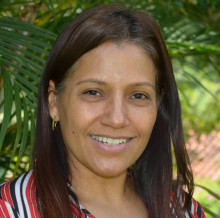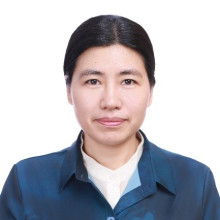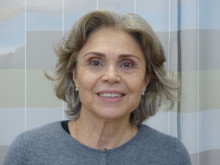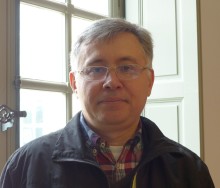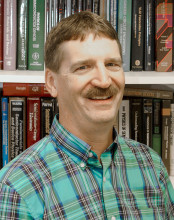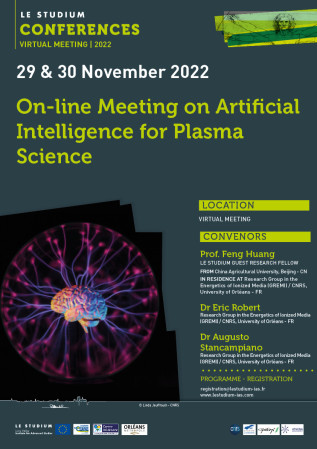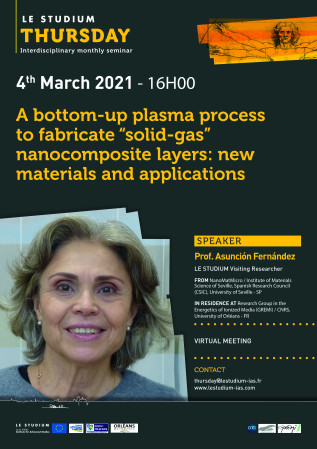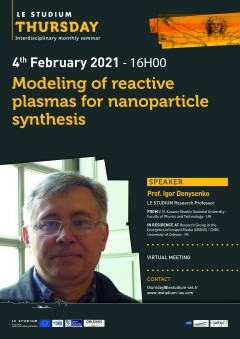Development and applications of plasma and laser processes (GREMI)
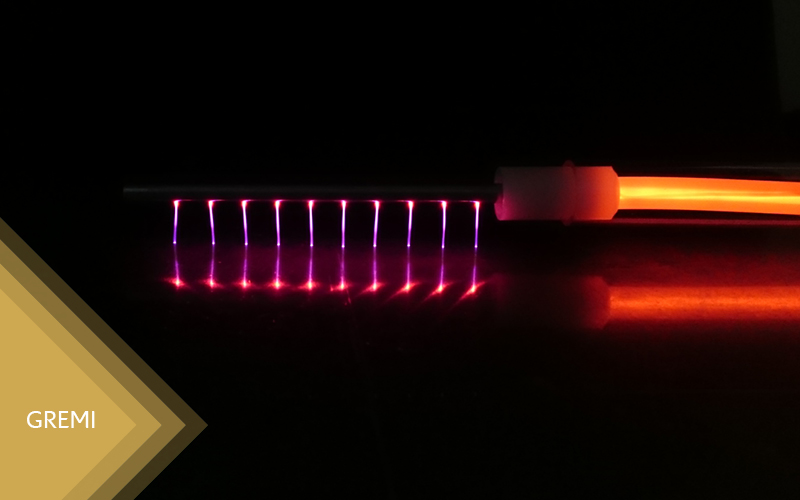

Université d'Orléans, Polytech’Orleans
14 rue d'Issoudun B.P. 6744
Orléans 45067
France
GREMI's research concerns plasmas and plasma and laser processes. It is both fundamental and applied in the spirit of ‘understanding in order to design’ in response to societal challenges.
This research is based on a significant experimental potential dedicated to the production and diagnosis of plasma environments, as well as to the development and characterisation of materials, with a strong emphasis on modelling. The approaches are based on a multidisciplinary foundation in physics, optics, chemistry, materials and energy.
GREMI is one of France's leading ‘plasma processes’ laboratories, and its skills are internationally recognised in many areas where plasmas are used. These include engineering applications for energy, electronics, biology, pollution control, metrology, flow modification, aeronautical safety and surface treatment. These applications exploit the thermal, reactive, conductive and radiative properties of plasmas, which can vary considerably depending on how they are produced, making them highly adaptable to a wide range of potential applications.
Research topics:
The work is based on the scientific and technical skills of our staff, who work in two main areas of research: plasma sources and plasma or laser processes developed or implemented at low or high pressure respectively. A 3rd cross-disciplinary area covers diagnostics, simulations and digital tools. This know-how is used both to advance knowledge on fundamental aspects and to remove technological barriers specific to three major strategic areas.
ENVIRONMENT and ENERGY
- Reduction and detection of pollutants (pesticides, endocrine disruptors, micropollutants, liquid and gaseous effluents) in the gas, liquid and surface phases using plasma technology.
- Understanding the reaction mechanisms of the various constituents of the atmosphere (such as aerosols).
- Decontamination of foodstuffs, stimulation of germination and growth of seeds and plants through the use of plasma-treated water.
- Development of nanomaterials for energy devices (hydrogen, supercapacitors, batteries) for mobility, construction and low-carbon industry.
- Production of multifunctional nanomaterials, taking into account their recycling and life cycle.
- Solutions for energy recovery and power conversion based on inorganic and/or organic materials and metrology of properties (e.g. thermoelectric).
DIGITAL and INDUSTRIAL TRANSFORMATION
- Components for microelectronics (particularly power electronics) using plasma cryography, atomic layer deposition and photolithography processes. Traditional technology based on Silicon substrates or breakthrough technology with gallium nitride and Silicon carbide in particular.
- Improving industrial plasma/laser processes with the aim of reducing costs, improving safety, reliability, energy efficiency and environmental cleanliness.
- Developing new low-carbon plasma/laser industrial processes (plasma-assisted inkjet printing and additive manufacturing, surface cleaning and preparation).
HEALTH, SAFETY and WELL-BEING
- Treatment of wounds, disinfection of surfaces or fabrics, synthesis of bioactive surfaces, assistance with the diffusion of products into the skin.
- Synthesis, functionalisation and nanostructuring of surfaces with antimicrobial, antibacterial and virucidal properties.
- Manufacture of implantable medical micro-devices.
- Synthesis, optimisation and characterisation of innovative materials to improve the quality, reliability and safety of systems and components.
- Study of electric arc-material interactions within electrical cut-off devices or during aircraft lightning strikes.
- Control of deflagration and detonation regimes during the ignition of reactive mixtures.
Equipment and technology:
- BP and HP plasma reactors, Lasers (fs, ps, ns, continuous), High-current rapid discharges, HT pulsed discharges, X-ray, VUV, UV and VIS spectrometers,
- Chromatographs, Mass spectrometers, Optical microscope, SEM/EDX, AFM, STM, Ellipsometers, Profilometer, X-ray diffractometer, FTIR, 3D printer, inkjet,
- Autoclave, Incubator, Centrifuge, Electrical/thermoelectric measurements, Photoluminescence,
- Clean room, Biology room, Laser platform.
- Computing resources (multi-core workstations), free software (LAMMPS, DL-Poly, SIESTA, ORCA) and commercial software (AMS suite, COMSOL), with easy access to the LETO computing mesocentre of the CaSciModOT Federation.
- Access to other equipment, through long-term collaborations or programmes in which GREMI is involved: MACLE microscopy platform, GIS CERTeM, ARD MATEX, FITE federation, cold plasma network, GdR EMILI, etc.



